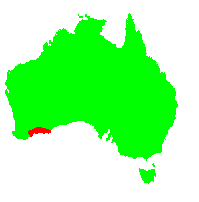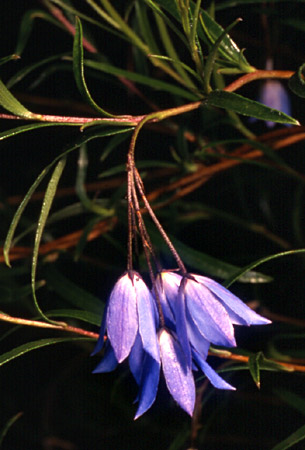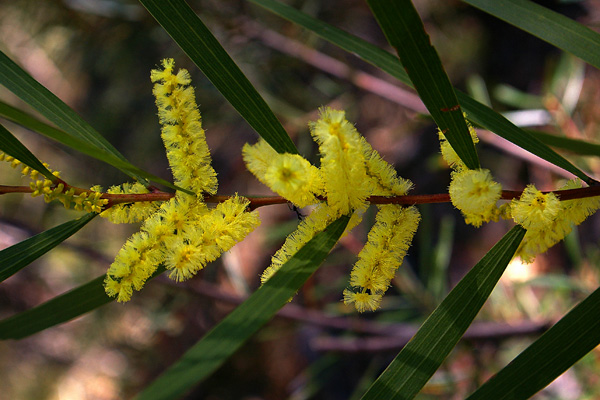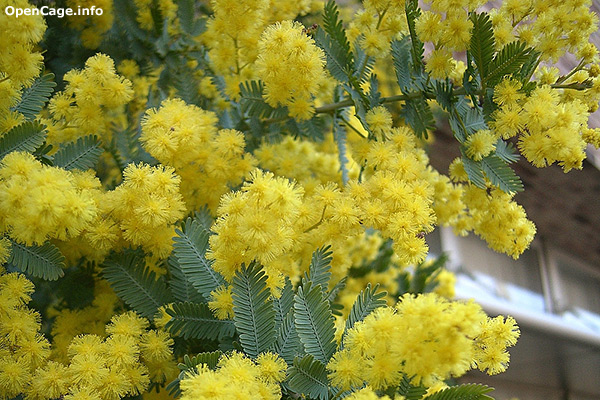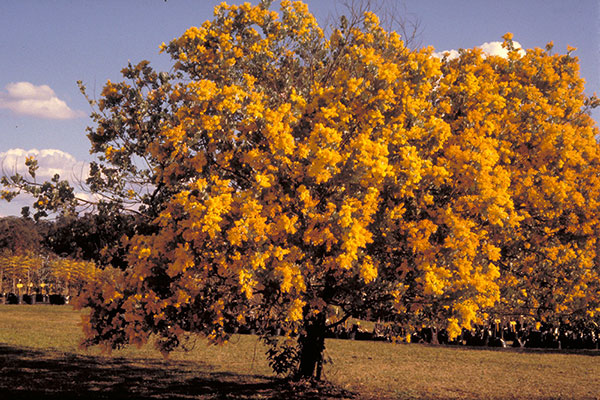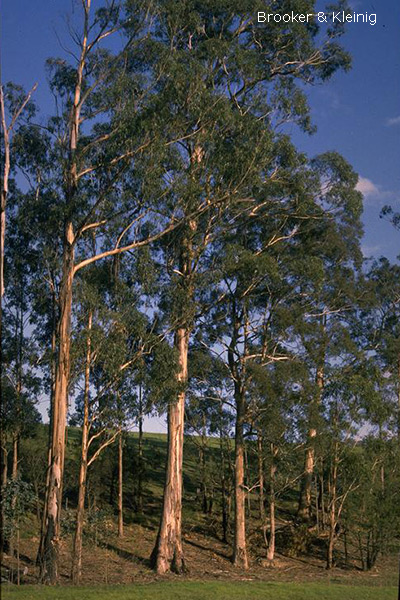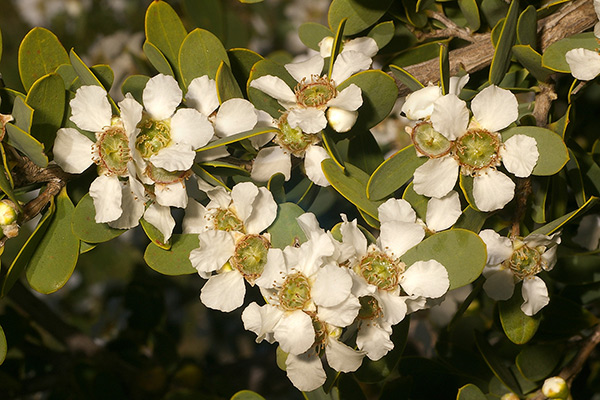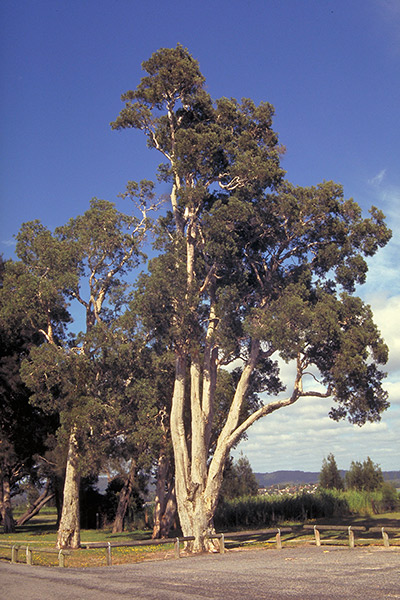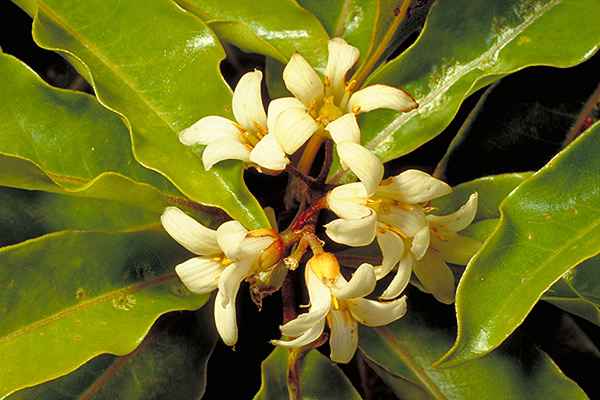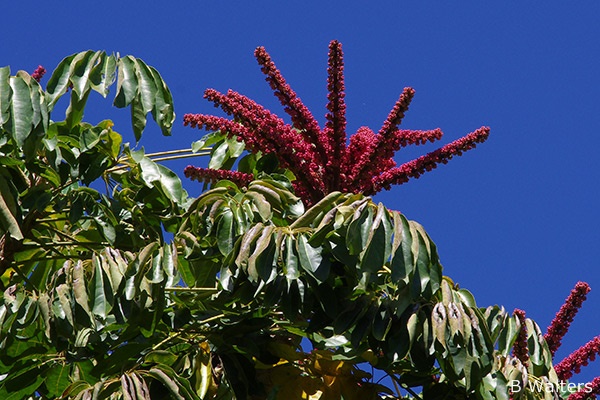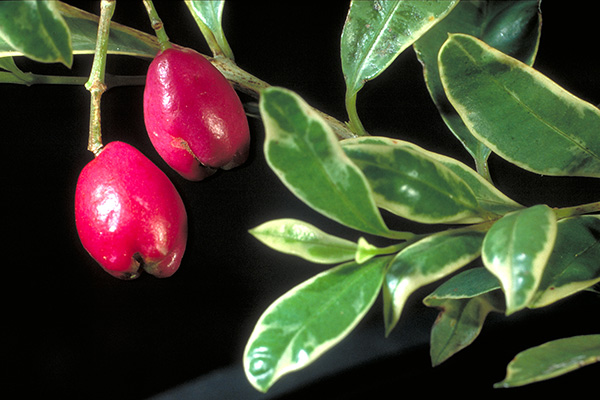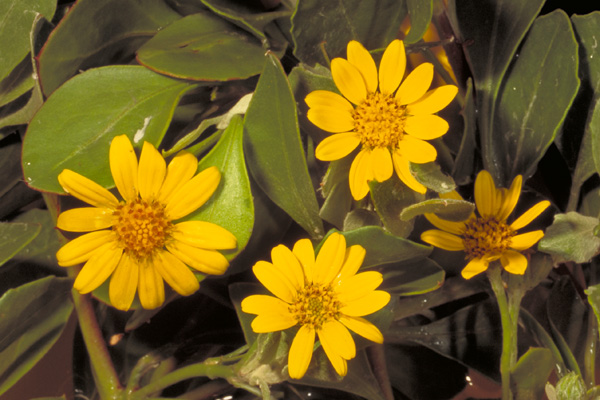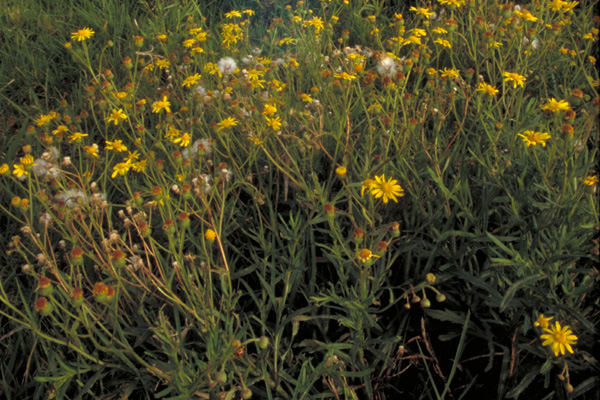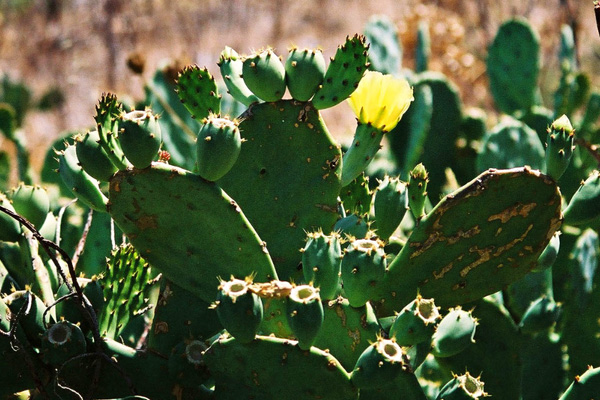General Description:
Nematolepis is a small genus of 7 species, six of which were previously included in the genus Phebalium. Most are small shrubs with very aromatic foliage and producing clusters of small, star-like flowers. Similar genera include Phebalium, Leionema, and Rhadinothamnus. Nematolepis phebalioides is somewhat different in appearance to the other members of the genus, having bell-like flowers more like species of Correa than Phebalium.
Nematolepis phebalioides is a small shrub up to about 1 metre in height by 0.75 metres wide. The leaves are oval-shaped to about 20 mm long by 12-15 mm wide, glossy green above and silvery below with conspicuous oil glands on the surface. The flowers are bell shaped with five fused petals, a feature which distinguishes this species from Correa, which has 4 petals. The flowers are about 30 – 40 mm long and red in colour with a yellow tip. They produce nectar and attract honey eating birds. Flowering is usually winter to early spring.
This species has been in limited cultivation for many years but, like many species native to south Western Australia, it is not reliable in humid conditions of much of the east coast. It has been successfully cultivated in parts of Victoria but is less reliable further north. It requires very well drained, moist soils, preferably in semi shade.
In common with most members of the Rutaceae, propagation of Nematolepis phebalioides from seed is difficult but cuttings usually strike readily from current season’s growth.
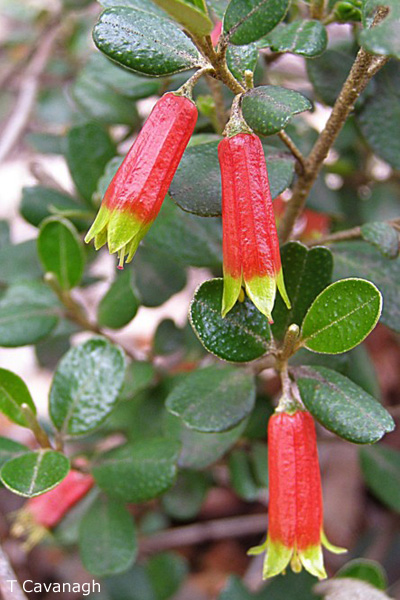
Nematolepis phebalioides
Photo: Tony Cavanagh
 Australian Native Plants Society (Australia)
Australian Native Plants Society (Australia)